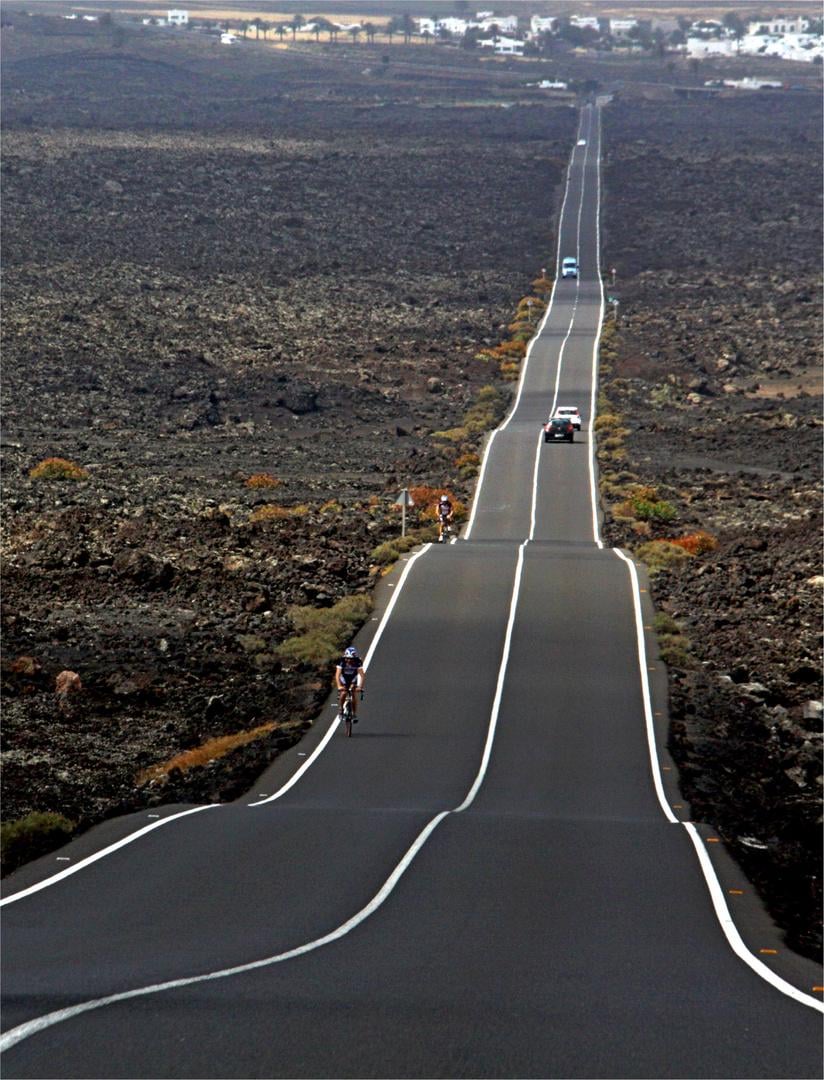[ad_1]

Timanfaya National Park, located on the island of Lanzarote in Spain, is a unique and otherworldly landscape shaped by volcanic activity. The park covers an area of 51 square kilometers and was created in 1968 to protect the unique volcanic features of the region.
The park is home to over 25 volcanoes and hundreds of craters, giving it a surreal and dramatic appearance. The most recent volcanic eruptions in the area occurred between 1730 and 1736, shaping the landscape we see today. Visitors to the park can explore the rugged terrain on foot, by bus, or on camelback, with guided tours available to provide insights into the geology and history of the area.
One of the standout features of Timanfaya National Park is the “Fire Mountains,” where visitors can witness demonstrations of the geothermal activity beneath the surface. Park rangers pour water into boreholes, causing it to erupt seconds later in the form of steam and geyser-like jets of water, showcasing the intense heat beneath the earth’s crust.
The park also boasts a unique ecosystem of plant and animal life that has adapted to the harsh volcanic conditions. Visitors can witness the resilience of species such as lichens, succulents, and the Barbary ground squirrel, which are able to survive in this extreme environment.
Overall, Timanfaya National Park offers visitors a chance to witness the raw power of nature and explore a truly remarkable and otherworldly landscape shaped by volcanic forces.
